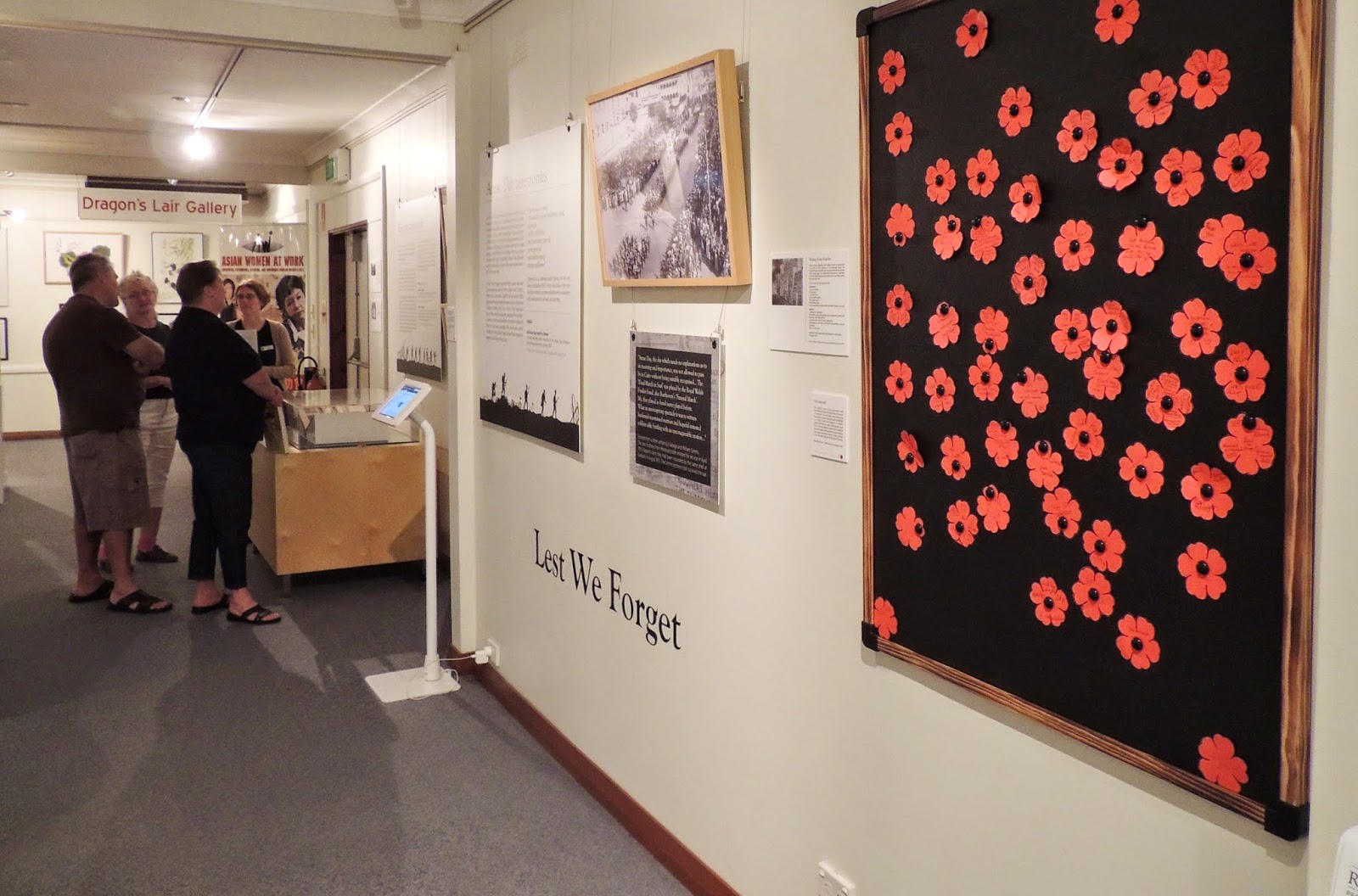Over the last couple of weeks we celebrated Senior’s Week across the Library Museum & Gallery through a range of programs and events.
We had a wide range of computer classes available to our seniors ranging from basic computer classes to learning how to use and iPad and even Skype!
On Tuesday 17 March our bus tour took our participants across the vast area of Hurstville and its surrounding suburbs in search of our wonderful historic homes and churches. We even managed to stop in for morning tea at the beautiful Corollary House otherwise known as Gardens on Forest. Where we were treated to a talk and tour of the house and an impromptu sing-a-long.
Our second stop on the bus tour was at the St Johns Anglican Church on the corner of Forest Road and King Georges Road. With a very interesting presentation and tour by Minister Bart Vandenhagel. Who informed us that the new and improved steeple had just been installed and they are in the process of installing light. Keep a look out for it when you go past.
On Tuesday 17 March University of the Third Age got people thinking, talking and questioning, and on Wednesday 18 March Our Silver Sneakers group fitness run by BlueFit class got our participants moving through carefully coordinated obstacles.
We had Alzheimer's Australia Memory Van stationed at Penshurst Library on Thursday 19 March, with an informative presentation and discussion where our participants learnt strategies to help with memory and reducing the risk of developing dementia.
On Friday 20 March we had a very busy day, starting of with a hip and groovy jazz set, preformed by the three cool guys from The Jazz Professionals.
Listen to a short snippet of the tremendous trio.
Followed by a detailed look into the personal stories and artefacts on display at the Remembering them: People of St George & the First World War exhibition with curator Birgit.
To finish the day off we had a very relaxing Art as therapy class where participants got hands on with creating their own masterpieces.
Don't miss out next time on the exciting programs that Hurstville Library Museum & Gallery have to offer, join our online e-Newsletter where you will get a weekly highlight of our upcoming events. Or just keep up-to-date by checking out our What's On page.
























